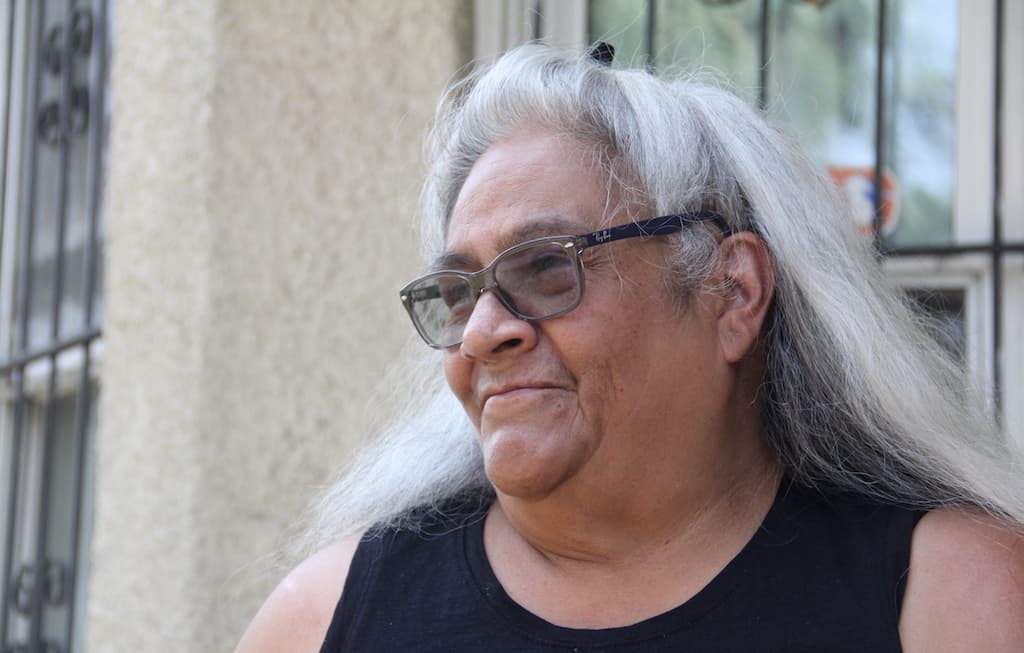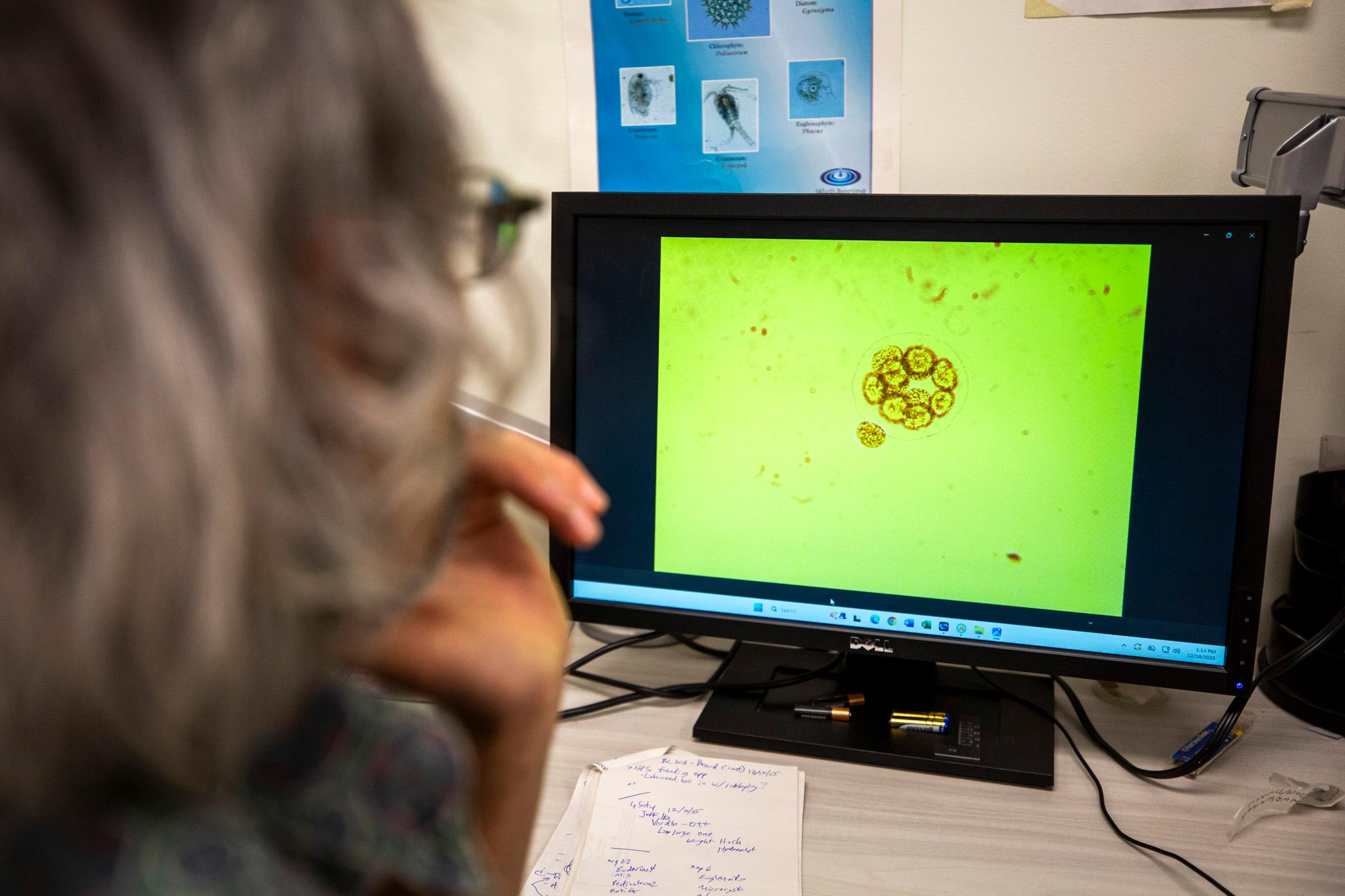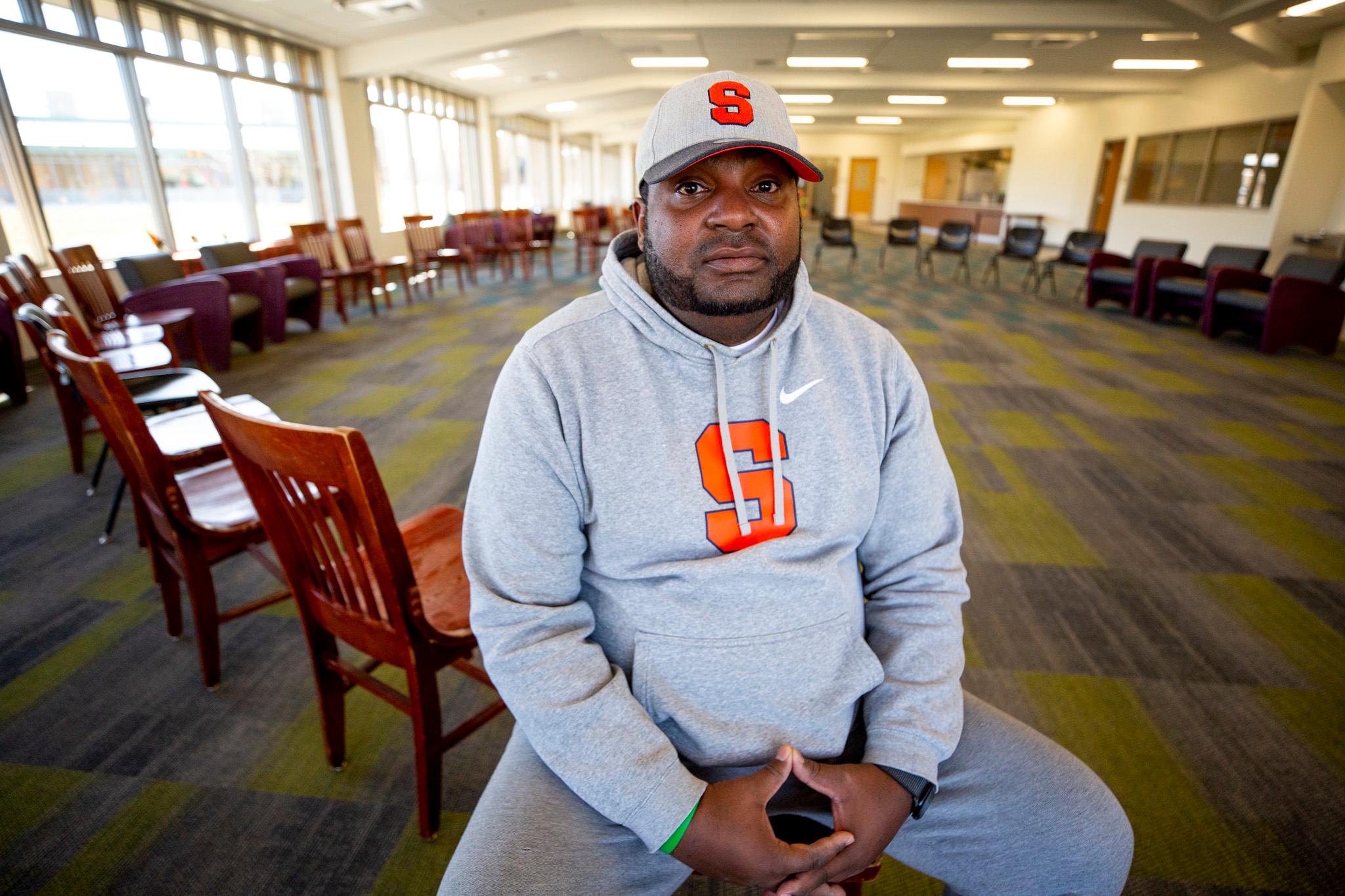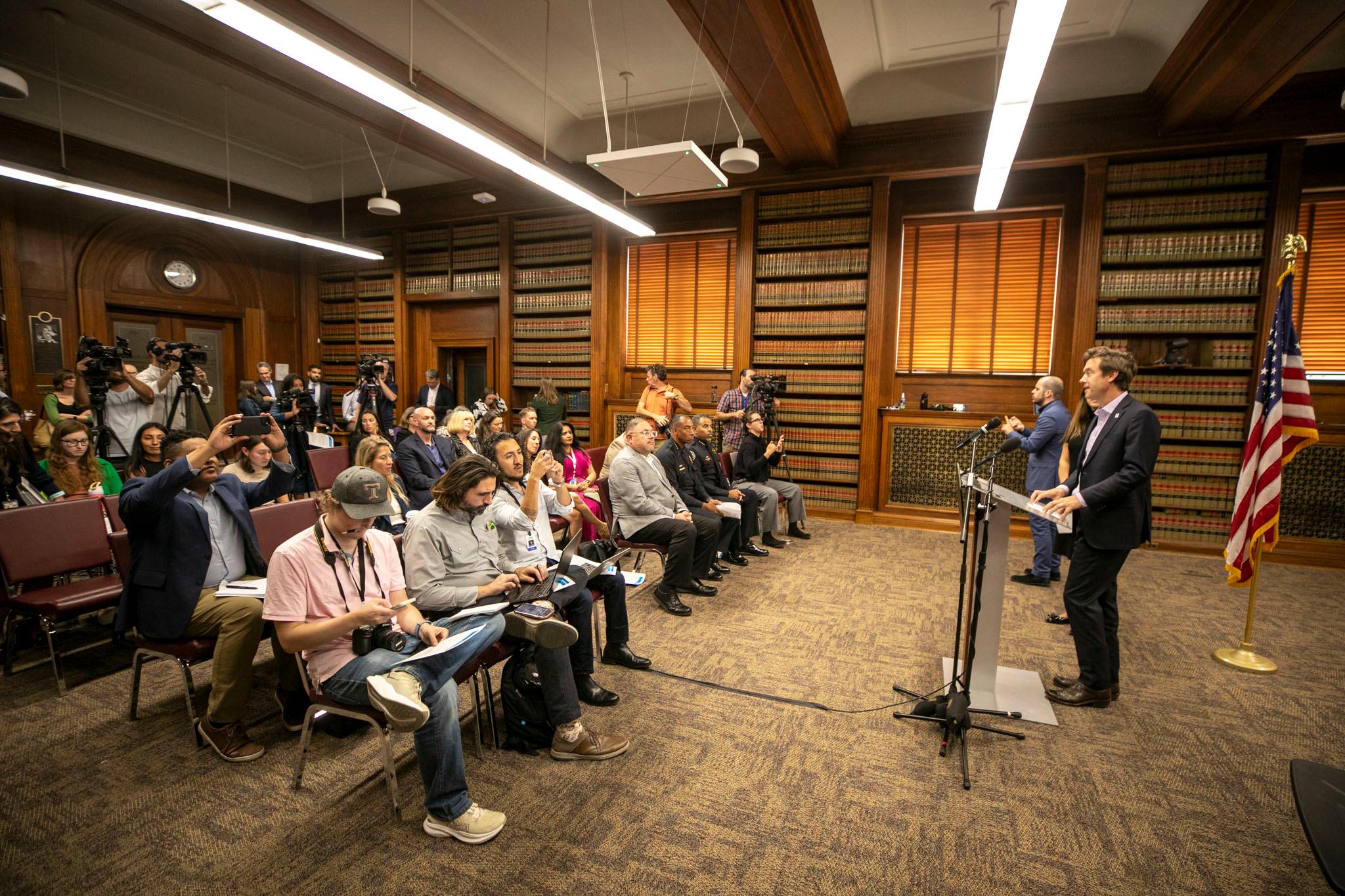By her own account, Cathy Prieto has tried to make a go of it in other places. She moved to California, New Mexico, Texas, and went as far east as Florida to try and build a life.
She always came back home, back to Denver. Back to the house on Lipan Street, where she was raised, and where the city's skyline is visible from her front porch and people say hello to strangers on the nearby sidewalk.
"I just missed it," Prieto said on Monday, sitting on the porch of her home, which once belonged to her mother and father, Helen and John Prieto. "Where you gonna get four seasons in one day?"
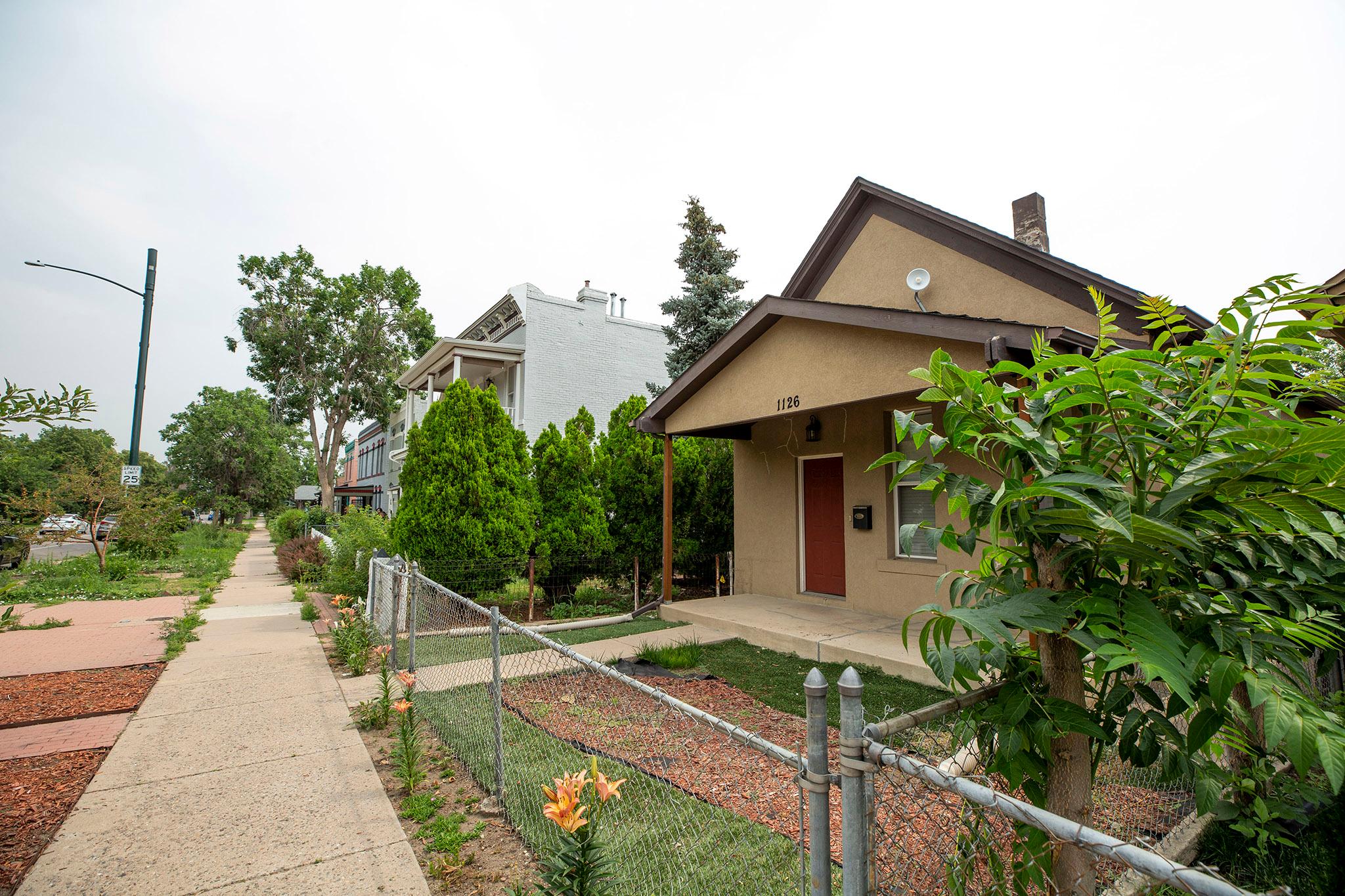
Her mother, Helen, was a nurse turned activist who tried to make sure neighborhood kids got a good education and Mexican immigrants got help when they first arrived to the United States. Her father, John, was a World War II veteran whose service helped him secure a loan to buy the home. Prieto herself was a Brown Beret, and she was a junior in high school when she marched alongside her mother during the West High School Blowouts.
"It was all about go out there, spread your wings and work with your people," Prieto said.
It's that kind of history -- and the pretty ivory-colored stucco home where Prieto lives, called Italianate Cottage style -- that people who live here and preservations sought to protect and elevate when establishing the La Alma Lincoln Park Historic Cultural District.
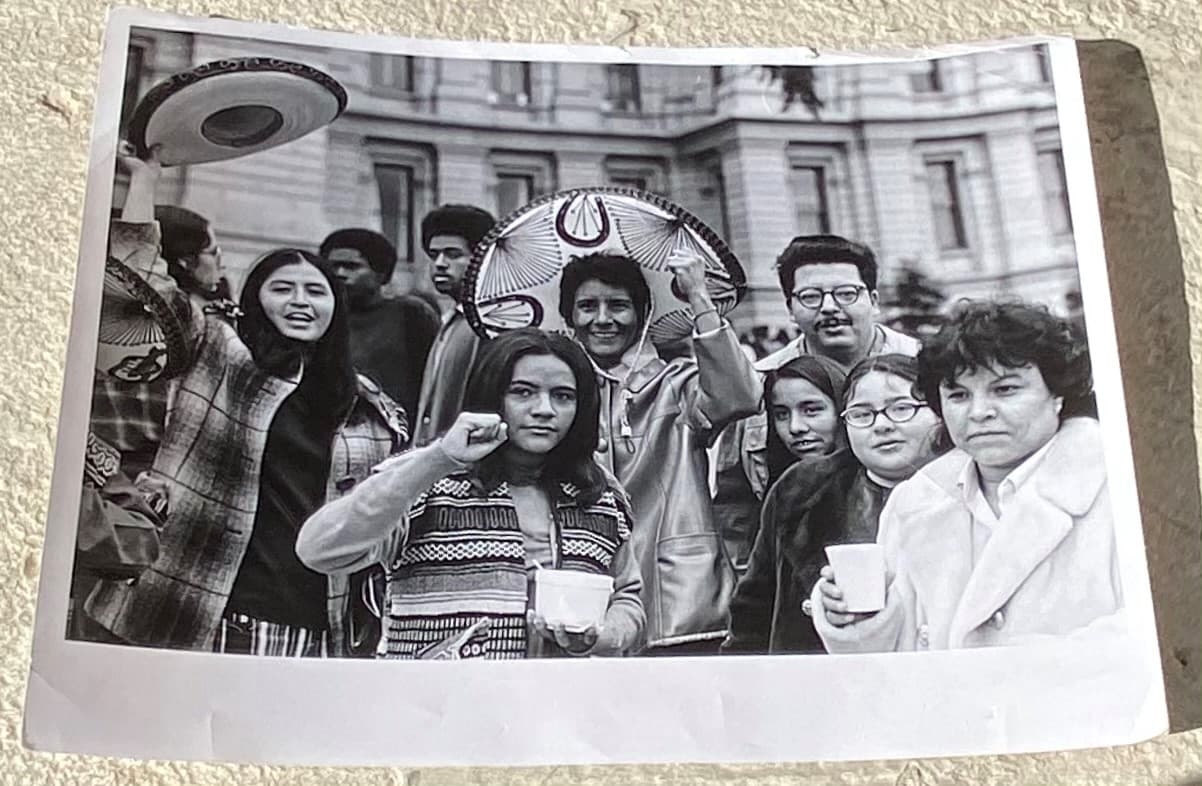
On Monday, Denver City Council unanimously voted to approve the designation for this district
The decision means this little piece of the Lincoln Park neighborhood joins the Five Points Historic Cultural District as one of only two historic cultural districts in the city. The district in Five Points recognizes its place as the once-thriving cultural and commercial center of the city's African American community.
It's a unique distinction reminding anyone who walks by these areas that people who lived, worked and grew up here contributed to the city's growth, development and cultural identity. Prieto said she first learned about the efforts from Shannon Stage, of Historic Denver, a local preservation organization that provided research for the designation.
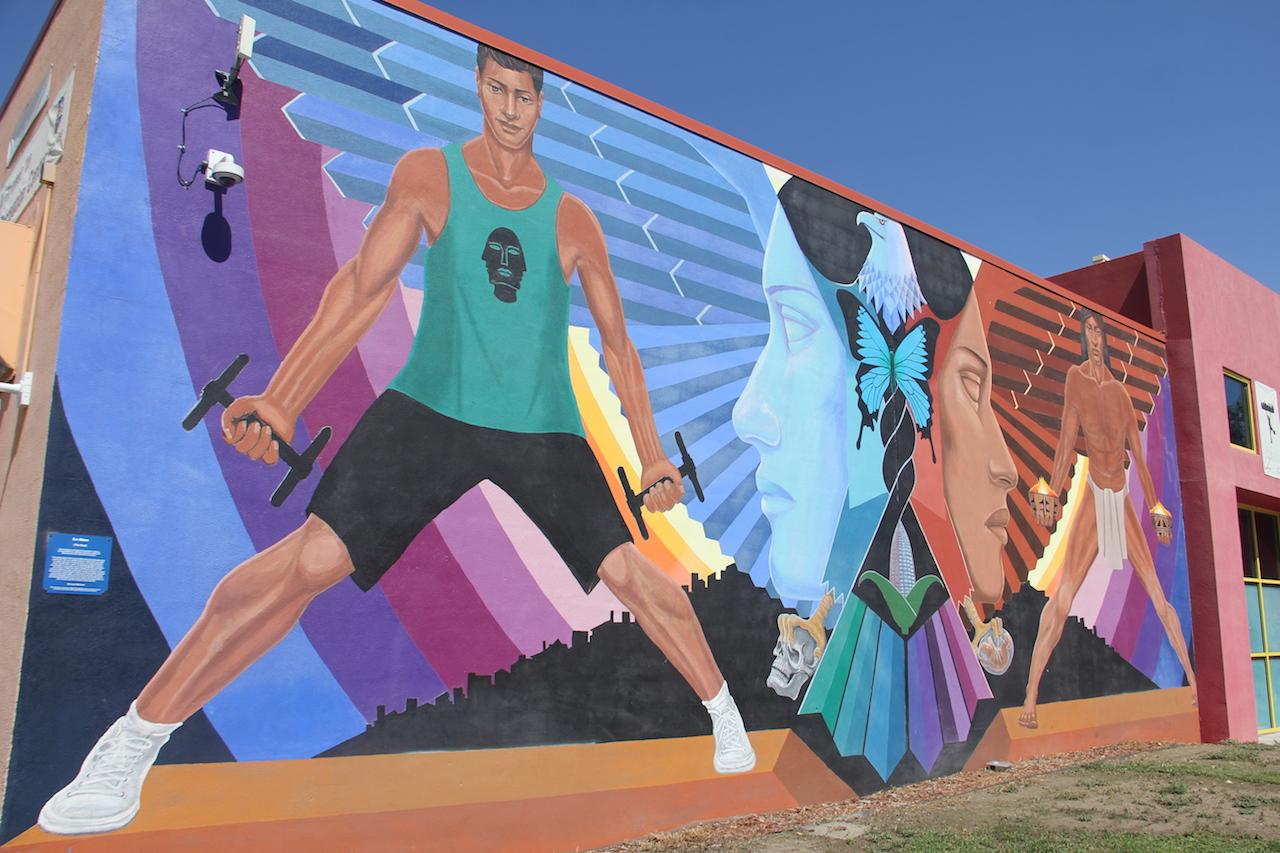
The area's connection to the Chicano Movement of the 1960s and 1970s made it eligible for preservation. It was home to people like Prieto and her family, who participated in the civil rights movement aimed at improving things like work and education for Chicanos and Mexican Americans. There are murals here commemorating those efforts and the ethnic identity the movements helped cultivate.
"Historic designation is our human attempt to ensure our roots aren't forgotten, erased, built over, and every day in Denver, I see our city disappearing," Councilmember Jamie Torres said during Monday night's meeting. She represents the area where the historic cultural district will be. "It is a deeply emotional designation, and one that I think we all take really seriously."
The plan to create it has been in the works for years, though it gained traction as a formal proposal last fall. The application for the designation was filed in April.
Along with Prieto, Felix Herzog is among the applicants for the historic district. He's lived in the neighborhood for the past six years. He used to live in Sloan's Lake, a neighborhood whose changes he witnessed first hand, something he didn't necessarily enjoy. He said he felt out of place in that area as old bungalows were knocked down and modern homes took their place.
"We didn't fit in any longer," Herzog said. "That hasn't happened here, yet, and I think that's one of the reasons why I'm fighting for the neighborhood. It's nice having working-class neighborhoods, especially this close to downtown."
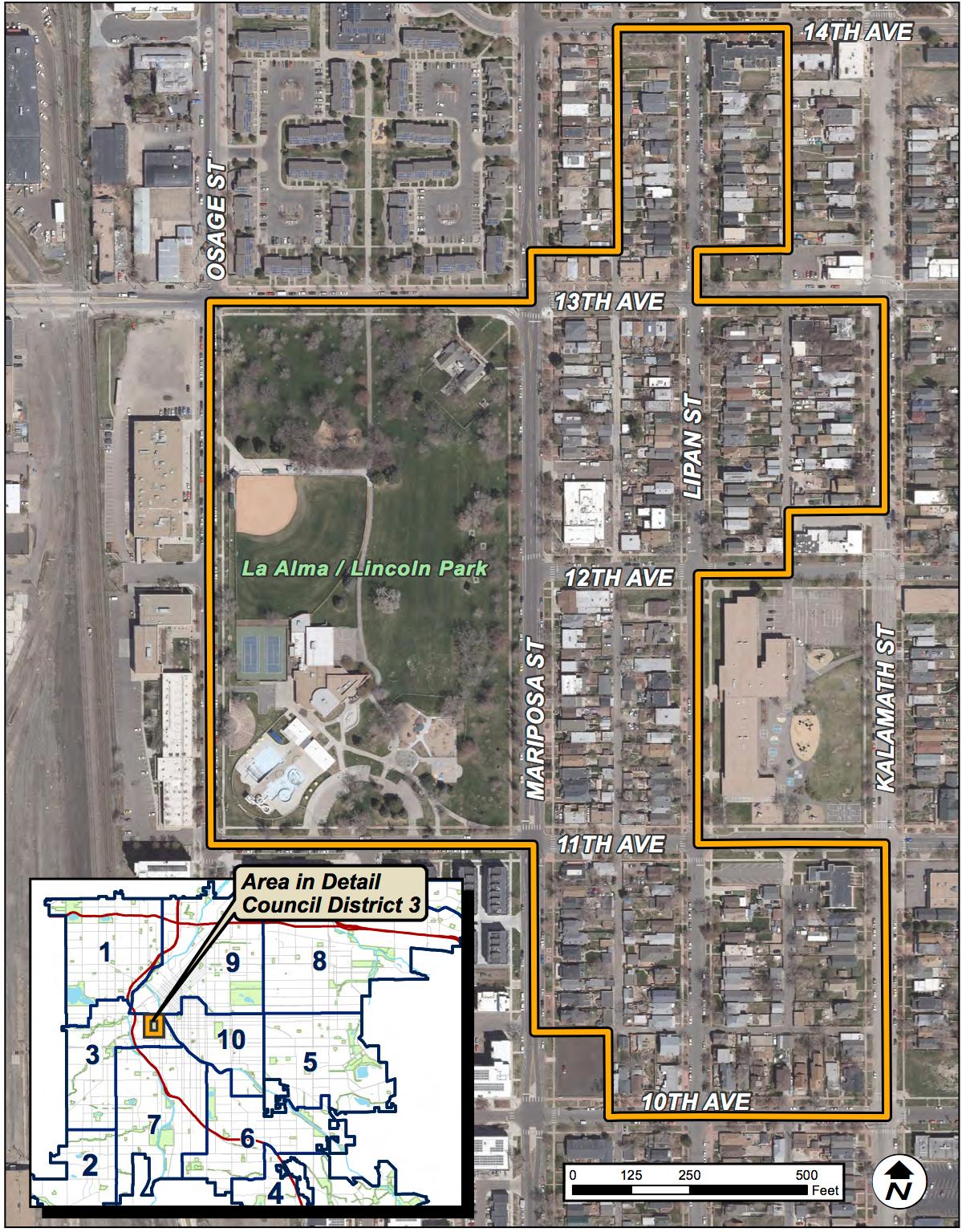
Preservation is the driving force behind creating such a district, to make sure the homes here look the way they have looked for decades. It's why new district will have custom design guidelines that will need to be followed in case property owners want to make changes (they're currently in draft form). The boundaries includes areas between Osage Street and Kalamath Street, and 10th Avenue and 14th Avenue.
The district's designation is based on a period between 1873 to 1980, and covers a largely residential area that includes the park the new historic cultural district got its name from.

